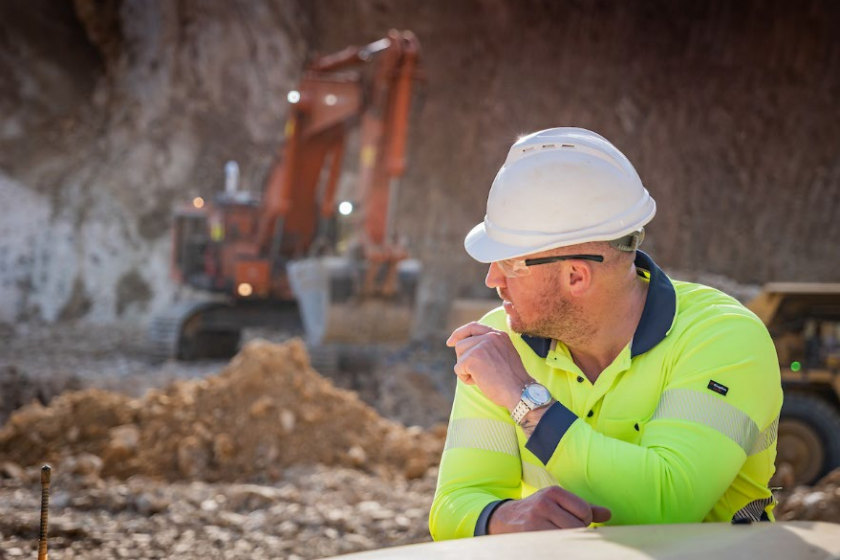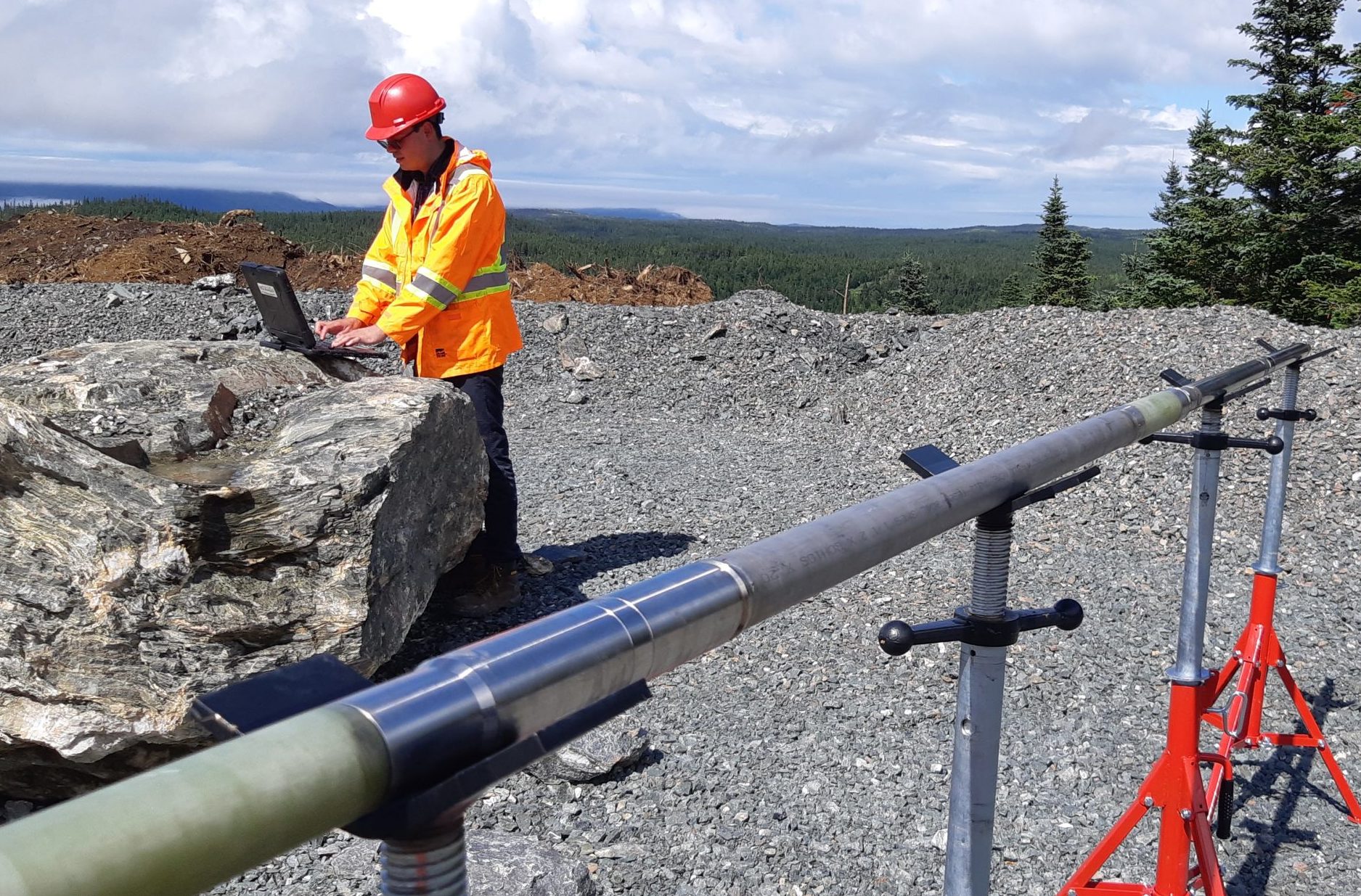Sign up for daily news updates from CleanTechnica on email. Or follow us on Google News!
Some recent check-ins at an EV charging station in Roswell, New Mexico, reveal a big problem: copper theft. This is something I’ve covered before, but it’s the first time I’ve seen anything like this at a DC fast charging (Level 3) station.
Sadly, this is a story happening all over the United States. People caught in the cycle of addiction will do anything to come up with a few bucks to trade for some more pills. In my neighborhood elsewhere in New Mexico, a gang of armed thieves took advantage of an elderly woman with dementia and then set up shop stealing anything they could from the neighborhood. Every day or two, someone with a trailer would come by and collect up the stolen goods, and then someone else would show up a few minutes later with the pills.
Worse, law enforcement in New Mexico has become increasingly worthless, and one lieutenant told me that the law had their hands tied, and that the neighborhood would probably need to take care of the problem ourselves. After several attempts to intimidate the neighborhood with machine gun fire (probably from a “Glock switch”), the neighborhood came together, let them know that they weren’t the only ones ready for a fight, and then worked with the property owner to expel them. It was an ugly and dangerous process that took months.
So, it’s not surprising at all to me to see something like this elsewhere in New Mexico. The sheer number of people who are desperate for that next pill means that sooner or later, most any EV charging station is going to get hit unless some precautions are taken.
After all, copper is an expensive metal, and there’s a lot of thick wiring in the cables for an EV charging station. It only takes a few seconds to cut all of the cables off and walk away with them, and later it’s possible to strip the insulation off and melt the copper down and sell it.
The bad news about this for EV drivers is that these cables aren’t cheap and EV charging providers don’t seem to be very fast about replacing them. This means that if you roll into Roswell and planned on getting a charge at the Allsup’s, you’re going to find yourself out of luck. The good news is that NM DOT recently put in a station a short ways up the road, and it seems to have better security features.
But, if this happens in another town in New Mexico with no alternative places to charge, somebody is going to get stranded.
The Short Term Solution: Better Security Features
While we need to solve the root of the drug problem, that’s a matter of public policy and it’s not something EV charging providers and the site hosts can fix. But, they can at least do something to discourage or prevent theft.
The biggest one is getting a good camera angle on the chargers. There needs to be sufficient resolution to capture the face of the wrongdoers, so the camera can’t just be a wide angle of the lot. In some cases, the camera is going to need to go on the station itself or be right there. Also, lighting is critical.
Even better, somebody can keep an actual eyeball on the stations. If there’s not line of sight between the store’s clerk and the stations, the camera feed should at least be monitored by somebody who can raise the alarm. Using something like those cameras in Walmart parking lots could be another good option to protect expensive equipment.
I’d also imagine that it’s possible to make the cables harder to cut. If nothing else, wrapping them in some braided steel before installation to slow the cutting process way down could help, but an alarm that sounds if the station’s wires get cut might be even better. It might also be good to add some trackers hidden inside the charging handle.
Solving The Deeper Crisis
I don’t personally look down on people suffering from addiction. I’m very concerned about their behavior, especially when it impacts my family, but I also know enough about addiction to know that they’re not just making poor choices in life.
The sad fact is that the current approach to drugs has failed. Piling on more and more and more enforcement only drives the price of drugs up and fuels violence. It only took 13 years for the United States to figure out that Prohibition of alcohol was a failure, but we’ve been experimenting with the same failed policy on drugs for over half a century. It has to end.
The other big problem with the enforcement-first approach is that the makes the drug themselves more dangerous. The “Iron Law of Prohibition” is real, and the basic idea is “the harder the enforcement, the harder the drugs.” It’s simple economics that anti-smuggling measures would lead to the drugs becoming more compact, which leads to them being more potent and deadly.
The other issue is that our whole understanding of drug addiction is just wrong. Most people think that taking drugs gets someone “hooked” in a chemical way, but at the same time we give extremely powerful drugs to people in hospitals. Most patients go home and don’t become addicts, so the “hook” theory is trash. The same is true for Vietnam veterans, who often did hard drugs overseas. A predicted wave of drug addiction never panned out because the soldiers came home and quit the drugs.
The reason patients and soldiers didn’t become addicts is that quality of life and a feeling of connectedness to others keeps addiction away. A bad life that doesn’t feel worth living leaves someone vulnerable to it.
You can learn a lot more about this in the video below, but long story short, we need to focus on improving lives and outcomes if we want to really put a dent in the drug problem. Happy people just don’t go cut charging cables for drugs.
Featured Image: A screenshot from Plugshare.com showing a Francis Energy charging station with its cables cut off.
Have a tip for CleanTechnica? Want to advertise? Want to suggest a guest for our CleanTech Talk podcast? Contact us here.
Latest CleanTechnica TV Video
I don’t like paywalls. You don’t like paywalls. Who likes paywalls? Here at CleanTechnica, we implemented a limited paywall for a while, but it always felt wrong — and it was always tough to decide what we should put behind there. In theory, your most exclusive and best content goes behind a paywall. But then fewer people read it!! So, we’ve decided to completely nix paywalls here at CleanTechnica. But…
Thank you!
CleanTechnica uses affiliate links. See our policy here.



